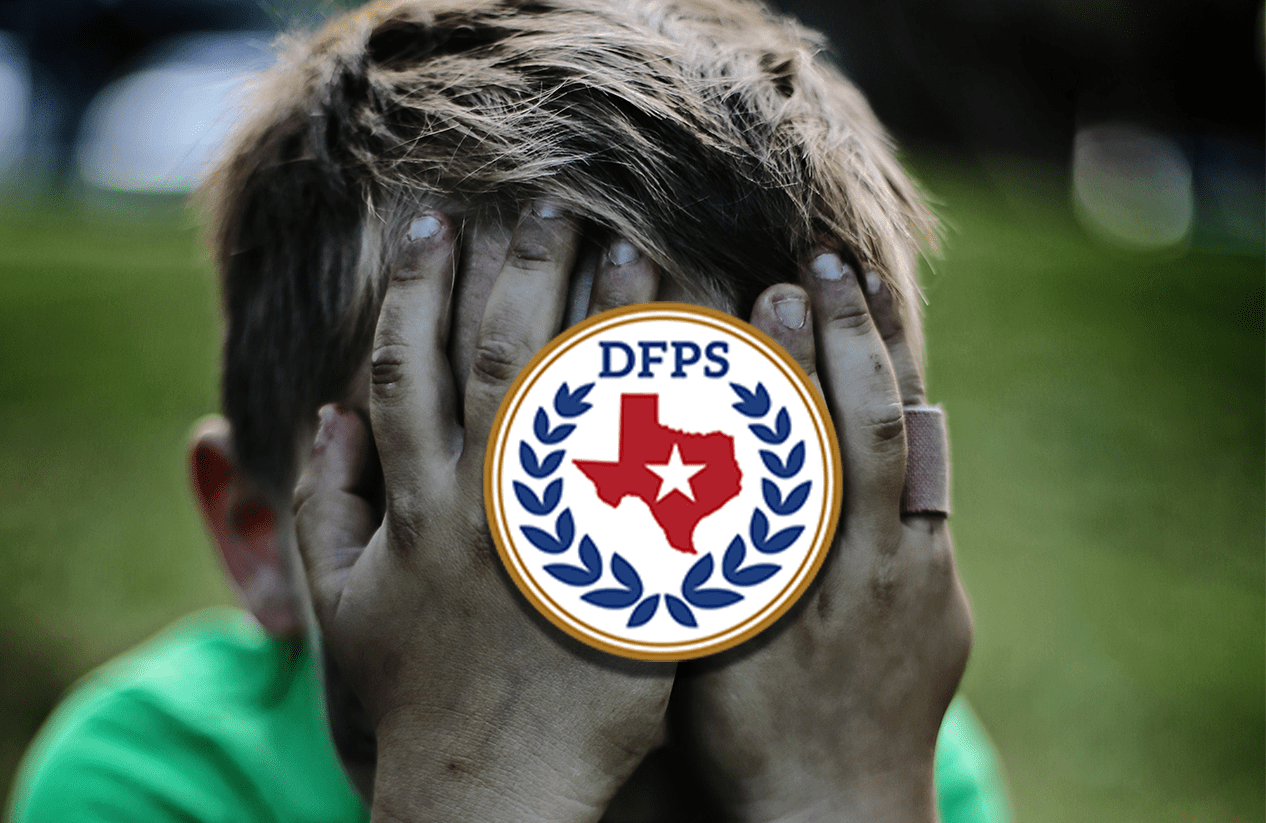As the Chinese coronavirus pandemic and Saudi Arabia-Russia price war continue to assail the Texas economy and throw the world into an economic recession, it’s becoming clearer than ever that Texas lawmakers are going to have a serious shortfall in revenue this biennium.
Already, Texas Comptroller Glenn Hegar is anticipating that when he adjusts the state’s revenue projection in July, it will be several billion short of the funds that are needed to balance the budget lawmakers passed in 2019. As a result, lawmakers are going to have to do the same thing every Texas household is doing right now: scrutinize their budget and look for ways to cut back.
A great place to start is public university funding, but lawmakers must be careful to avoid the mistakes they’ve made before to ensure administrators don’t make up for the shortfall by increasing costs on Texas students.
Lawmakers faced a budget crunch roughly a decade ago in 2011 after an economic recession left the state with a significant budget shortfall. In that crunch, they cut funding for higher education, but because the power to set tuition rates continues to reside in the hands of unelected boards of regents, many public universities eschewed serious cuts to their bureaucracy and instead made up much of the difference by increasing costs for already beleaguered students and their families.
This time, the Texas Legislature needs to ensure that students are protected by freezing tuition rates at their current levels and requiring that universities reduce their administrative bloat and social justice programming instead.
Tuition freezes are a key component of higher education spending reform, but they don’t save money now. That’s where deep cuts need to come in.
A 25 percent across-the-board cut in budgeted 2021 general revenue funding to the state’s public universities and system administrations would achieve savings of nearly $250 million while still leaving many of them with more funding over this biennium than they had previously.
Bureaucrats and their Democrat allies will decry the cuts as a draconian assault on public education, but general revenue is only a component of university funding. Many of the state’s public universities also receive millions in dedicated general revenue, tuition, license plates, and brand royalties. And that’s not even mentioning the lucrative athletic departments.
That same year they received roughly $295 million in general revenue funding from the State of Texas.
By cutting public university spending, Texas lawmakers can not only help ensure resources are there to pay for property tax relief and other essential items, but also curtail a liberal bureaucracy that currently focuses more on indoctrination rather than education.
This article is part of an ongoing series by Texans for Fiscal Responsibility to identify areas the Texas Legislature can cut in order to prioritize funding for public needs and property tax relief.
If you have ideas or suggestions of your own, please submit them to us, and we will explore their feasibility and financial effect. You can reach us at submission@empowertexans.com.





